(Original English version by Dr. Felix Sze)
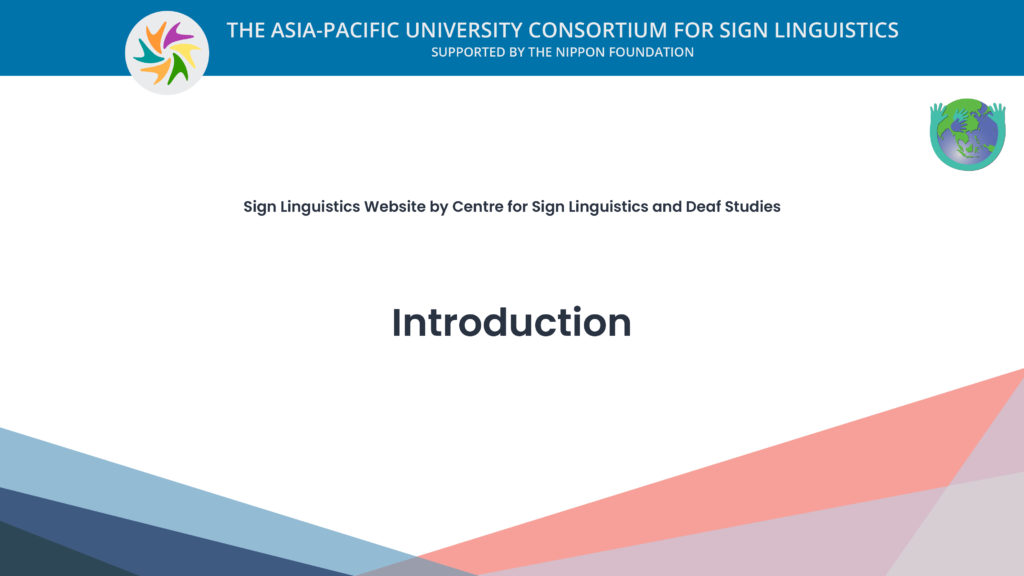
Module 1 Introduction
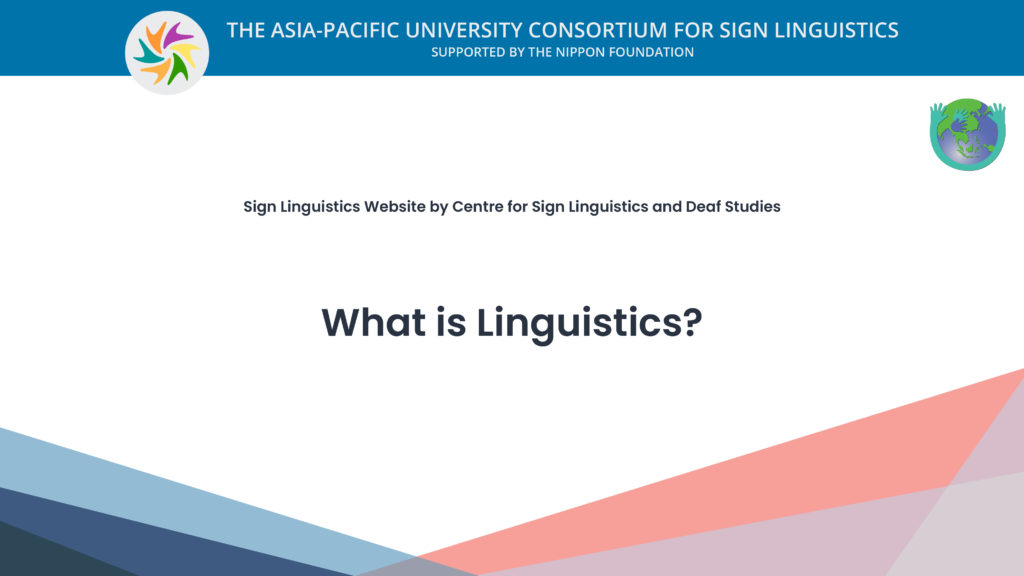
Module 2 What is Linguistics?
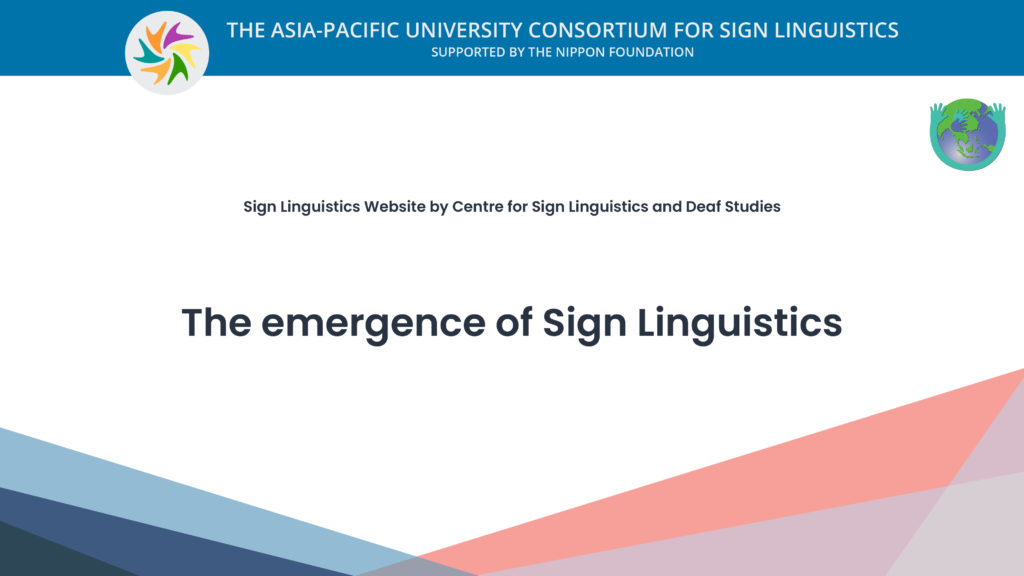
Module 3 The emergence of Sign Linguistics
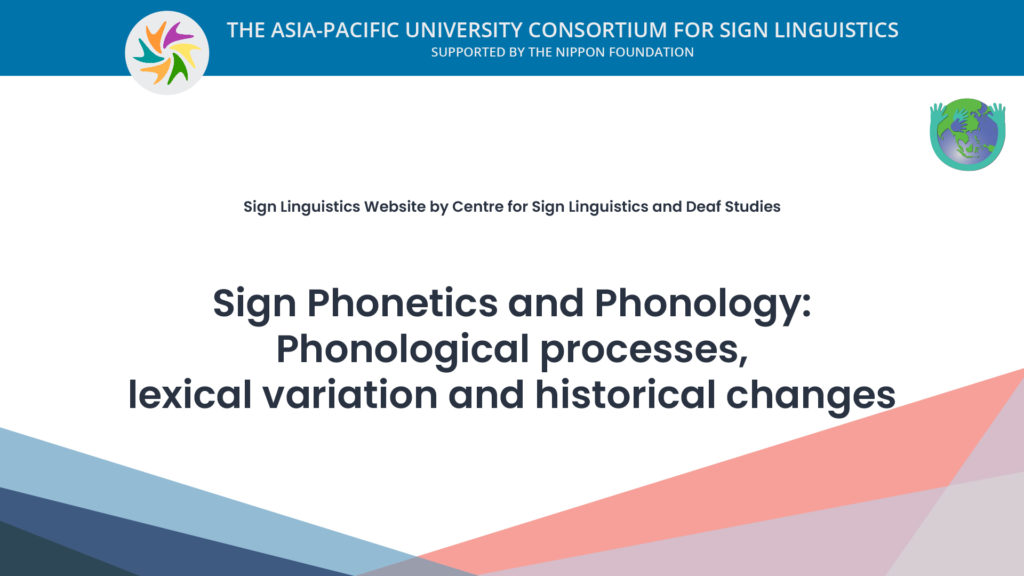
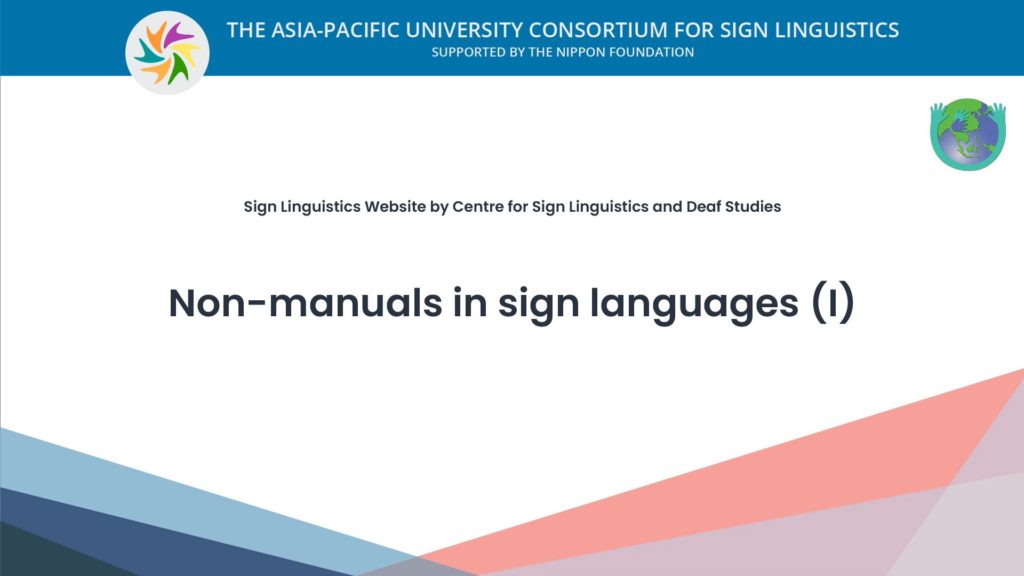
Module 15 Non-manuals in Sign Languages (I)
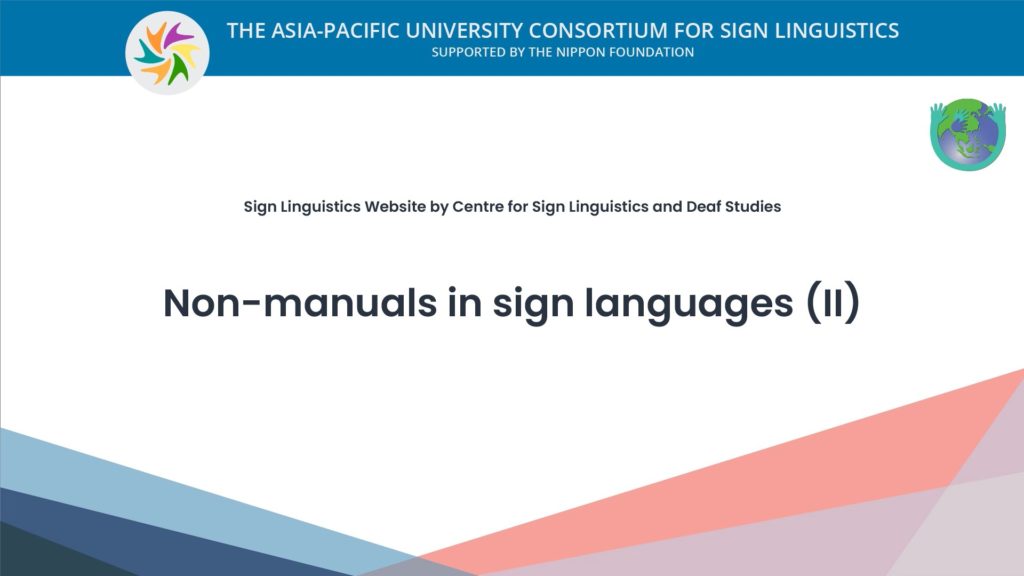
Module 16 Non-manuals in Sign Languages (II)
![]()
(Original English version by Dr. Felix Sze)

Module 1 Introduction

Module 2 What is Linguistics?

Module 3 The emergence of Sign Linguistics


Module 15 Non-manuals in Sign Languages (I)

Module 16 Non-manuals in Sign Languages (II)
![]()